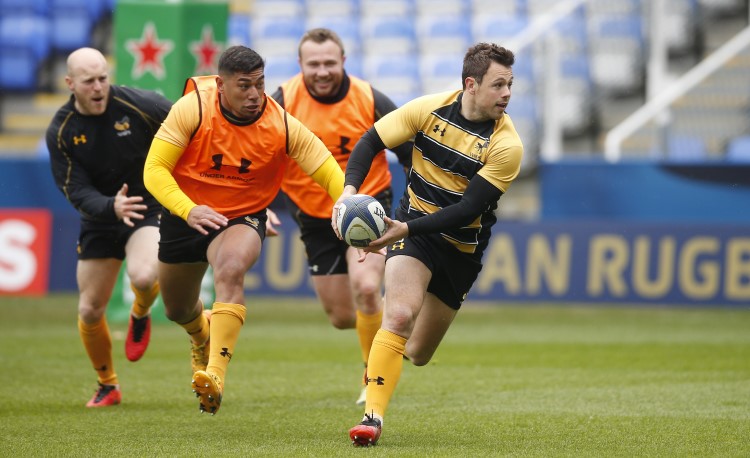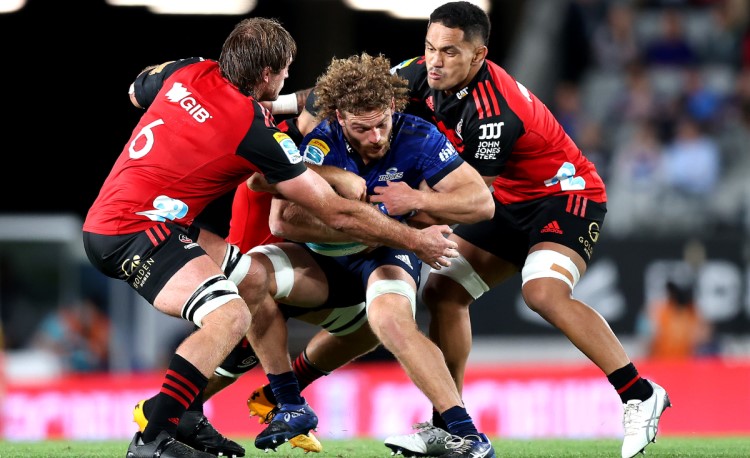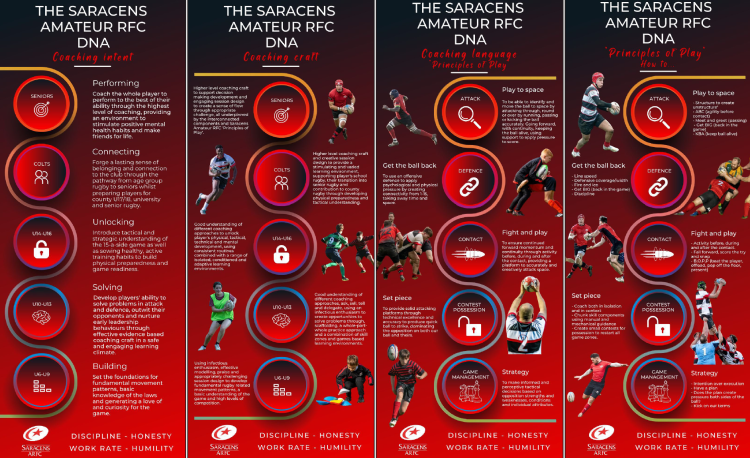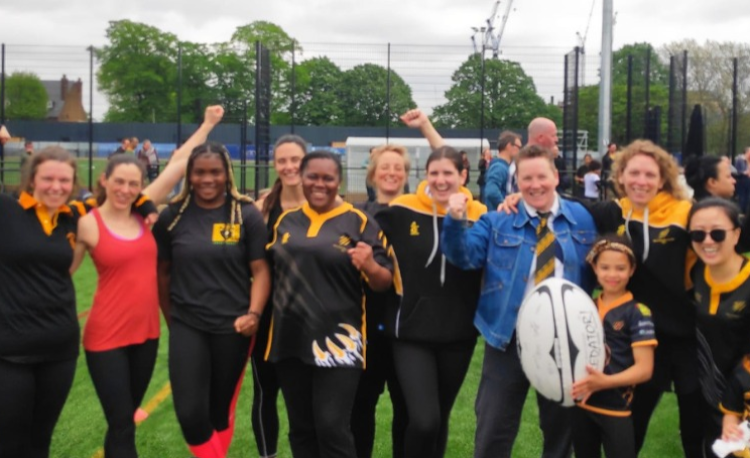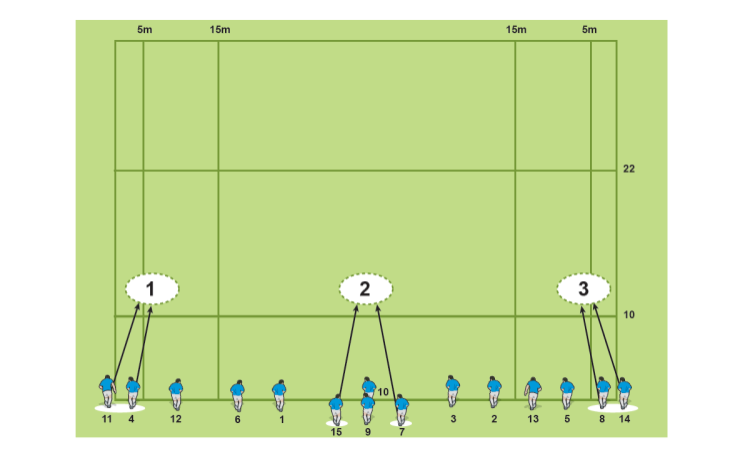You are viewing
1 of your 2 free articles
Five top tips on how to coach one-to-one
Personal coaching can really grow a player – but only if you give them the right environment in which to learn and improve. Embrace these five top tips to help bring out the best in each player.
Working with a player one-to-one means you can concentrate on their individual needs. But first, you must work out what those needs are.
To know them better, you have to understand the player’s motivations to play rugby and desire to improve. So ask them about their goals. Then discover what they feel comfortable working on.
From there, you can tailor your session to suit their needs. You can help guide them to seek more challenges, but you can’t force them to want more.
Your goals need to be in line with theirs. You can suggest ideas that stretch them, but it’s the player who needs to confirm their own targets.
One-to-one sessions need different sorts of energy to keep the player engaged and motivated to learn. So try a traffic light approach to keep the session varied:
Red light for static work – explanations, questioning, and technical feedback
Amber light for repetitious work – replicating skills, testing out techniques
Green light for game-like training – adding pressure through fatigue, speed, time or space
The All Blacks have a saying: “If you’re not growing anywhere, you’re not going anywhere”. The player needs to improve or learn how to improve from every session.
It also applies to you as the coach. What have you learned from the session? And what could you improve upon next time?
For instance, consider the language you used, the amount of time you spent talking, the technical feedback you gave the player, the ways you could elicit a different response. Dave Alred, one of the world’s best sports coaches, says he changes the way he operates year on year, based on what he learns from coaching different athletes.
Research shows that the real improvements happen after your training. That’s in the time when the player goes away and does three things:
One-to-one training isn’t just about repetitions. Players love to test themselves in a competitive manner. Think of how you can add pressure through time trials or points scoring. It might be beating last week’s scores, or reaching a target in this session.
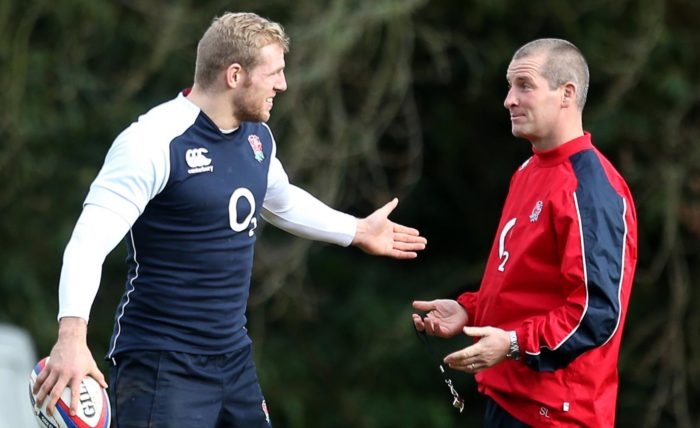
ONE: Make it personal
Working with a player one-to-one means you can concentrate on their individual needs. But first, you must work out what those needs are.
To know them better, you have to understand the player’s motivations to play rugby and desire to improve. So ask them about their goals. Then discover what they feel comfortable working on.
From there, you can tailor your session to suit their needs. You can help guide them to seek more challenges, but you can’t force them to want more.
Your goals need to be in line with theirs. You can suggest ideas that stretch them, but it’s the player who needs to confirm their own targets.
TWO: Understand when to inject energy
One-to-one sessions need different sorts of energy to keep the player engaged and motivated to learn. So try a traffic light approach to keep the session varied:
Red light for static work – explanations, questioning, and technical feedback
Amber light for repetitious work – replicating skills, testing out techniques
Green light for game-like training – adding pressure through fatigue, speed, time or space
THREE: Grow together
The All Blacks have a saying: “If you’re not growing anywhere, you’re not going anywhere”. The player needs to improve or learn how to improve from every session.
It also applies to you as the coach. What have you learned from the session? And what could you improve upon next time?
For instance, consider the language you used, the amount of time you spent talking, the technical feedback you gave the player, the ways you could elicit a different response. Dave Alred, one of the world’s best sports coaches, says he changes the way he operates year on year, based on what he learns from coaching different athletes.
FOUR: Create the excitement to practise
Research shows that the real improvements happen after your training. That’s in the time when the player goes away and does three things:
- He reflects on the coaching, taking in the key points and understanding how they work well for him.
- He practises what he’s learned.
- He puts the skill into a real game.
FIVE: Competition
One-to-one training isn’t just about repetitions. Players love to test themselves in a competitive manner. Think of how you can add pressure through time trials or points scoring. It might be beating last week’s scores, or reaching a target in this session.
Newsletter Sign Up
Coaches Testimonials

Gerald Kearney, Downtown Las Vegas Soccer Club

Paul Butler, Florida, USA

Rick Shields, Springboro, USA

Tony Green, Pierrefonds Titans, Quebec, Canada
Subscribe Today
Be a more effective, more successful rugby coach
In a recent survey 89% of subscribers said Rugby Coach Weekly makes them more confident, 91% said Rugby Coach Weekly makes them a more effective coach and 93% said Rugby Coach Weekly makes them more inspired.
Get Weekly Inspiration
All the latest techniques and approaches
Rugby Coach Weekly offers proven and easy to use rugby drills, coaching sessions, practice plans, small-sided games, warm-ups, training tips and advice.
We've been at the cutting edge of rugby coaching since we launched in 2005, creating resources for the grassroots youth coach, following best practice from around the world and insights from the professional game.
More from us
© 2023 Rugby Coach Weekly
Part of Green Star Media Ltd. Company number: 3008779
We use cookies so we can provide you with the best online experience. By continuing to browse this site you are agreeing to our use of cookies. Click on the banner to find out more.





